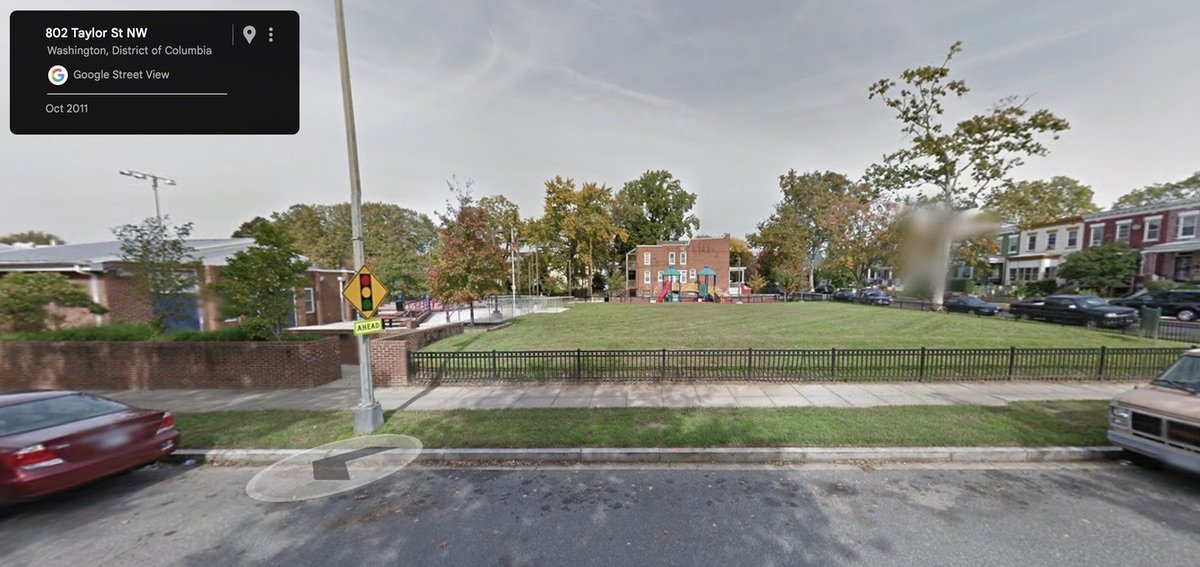Answers from Glen: it's back and better than ever!
/After a brief hiatus, the Ask Glen! column is back! It's where readers can submit questions to local Petworth contractor Glen Sperling of Harmony Remodeling and get answers.
Today we look at crazy wiring in a basement, how to get rid of paint on old wood trim, building custom bookshelves and dealing with Ikea bookshelves and the joy of old galvanized pipes.
Wire you going?
Wires, wires everywhere...
Anonymous in Manor Park writes:
A basic, verging on stupid, question: Just bought an 86-year old row house and I need to find an electrician to come to look at what seems like an amazing amount of wiring in the basement to a) confirm that the place isn't going to burst into flame b) advise on improving the lighting down there, and c) answer some general first time homeowner/older house questions. How do you go about finding skilled, honest professionals (I'm sure there will be similar needs coming soon) willing to take on what might be a tiny job?
Glen Says...
Great question! Unfortunately, most contractors don't do smaller but super important projects like these. I try as hard as possible to help people out when I can by offering advice. I would think the best place to start regarding your electrical concerns would be with someone like Michael and Sons or Kolb. Many of our row houses have a patchwork of electrical wiring ranging from original to DIY to just badly done work over the years. That can be a real fire issue! If you are just looking to chat about your house and have question, reach out to me and I will see if I can squeeze some time in for you ;-)
Keep your eyes peeled for the best paint remover...
(photo: Jaysin Trevino)
Sheila in Petworth asks:
What's the best product to remove paint from wood trimmings in the house (windows, doors, walk ways)?
Glen Says...
Well, let's talk windows and doors first. I assume you mean paint removal. There are a wide variety of paint removal products easily available at Annie's and other hardware stores. They are ALL pretty nasty to work with. You need to wear strong rubber gloves and wear a respirator!! And if you have children…STOP. Don't even think about doing this in your home, please.
There are also tools that you can use with paint remover, as well as after. It is nasty, messy, smelly then dusty (when you sand) and most importantly, you will most likely be disturbing lead paint! I do have a number of clients who have also had doors and casework (trim) stripped professionally outside of the home. I can tell you it is very costly (doors start at over $100 and go up from there).
As for "walkways," I am guessing you mean on concrete? Much more complicated. We use a combination of scraping and heat (a large propane torch), then paint remover. Again, it is a nasty job. ;-)
Bookstores rejoice when people build new bookshelves
(Photo: Nina Hale)
Matt in Petworth writes:
What is a reasonable cost estimate for building custom built-in bookshelves (approximate dimensions are 9x5)?
Glen Says...
Depends a great deal on materials. There is a big difference between MDF (medium density fiberboard), veneered plywood (oak or birch) and real solid wood.... and what kind of style, of course. Again, guessing here, but the 9' by 5' is really 5' wide and 9' tall? MDF (painted) or plywood (stained) with a simple trim and no doors... I would say $1800 - $5,000. The range is so large because I really don't know what you have in mind exactly.
What I can tell you is this: custom built shelving, cabinets, benches, tables, etc., done a by a cabinet maker are quite pricey, and most are in high demand, so waiting for them might mean several months!
Meanwhile, Katie in Petworth wants to use IKEA shelves in an old house...
I live in a brick Petworth row house, built in the 1920s. My husband and I would like to attach IKEA bookshelves to the walls (to prevent toppling), and we'd also like to hang some light-to-moderately-heavy kitchen items on the kitchen wall, including spice racks and a pegboard for pots and pans. Both the bookshelves and kitchen items would be on party walls, where we've had trouble finding studs. My question is this: How much weight can a plaster wall bear, and what types of bolts or screws should we be using? I drilled a skinny pilot hole into the kitchen wall, which immediately caused a sputter of red-clay colored dust to emerge from the plaster (I'm guessing it's from the brick wall).
Glen Says...
A little education here to start ;-) All row houses have "party walls." These walls are made of double brick between 2 houses. The plaster was then applied directly to the brick, usually ¾-1 ¼" thick. When you drilled, the dust was brick dust. There are NO studs on any "exterior wall" in a row house unless work has been done on it and the walls were "built out" / framed.
So, what you need are a good drill and masonry bit and very good wall anchors designed for brick walls. These can be found at Annie's, or any hardware store. Do NOT use anchors designed for drywall or plaster walls, they will not hold any weight whatsoever!
Old houses are quaint, except when they ain't
(photo: ocean yamaha)
John in Petworth asks...
My upstairs hot water has been reduced to about 1 gpm due to sediment build up in the galvanized pipe. Cold water is OK. The basement and first floor were re-piped to copper, but the vertical stretch is iron, as are the segments in the bathroom walls. Should I live with it, try replacing the horizontal segments, or replace the whole run? Is there any way to get the sediment out (a snake and positive pressure)?
Glen Says...
Ok, this sucks. By the way, they are galvanized pipes, not iron (the only iron pipes in your house are for radiators). Over the years, minerals have accumulated in the pipes. I have seen the inside diameter as small as 1/16" or less from deposits and rust. Galvanized pipes (especially hot water), tend to get nasty after 50-60 years.
I can tell you, it is mostly likely the horizontal segments that are badly clogged, not the vertical, because water sits in them longer. But having said that, wherever they join or turn, you also have to worry about them rusting out. Plus, once you start replacing "segments", you run the risk of the increased water pressure causing major problems if a pinhole or leak develop ;-(
So, I say replace as much as possible, preferably ALL of them, cold and hot!! They are 100 years old I would imagine, or close to it.
Have a question about home renovation or fix-it projects?
Gentle reminder: Glen is only offering advice, and recommends you always hire a qualified professional. This column isn't meant to be an opportunity to hire Glen and isn't sponsored.

























